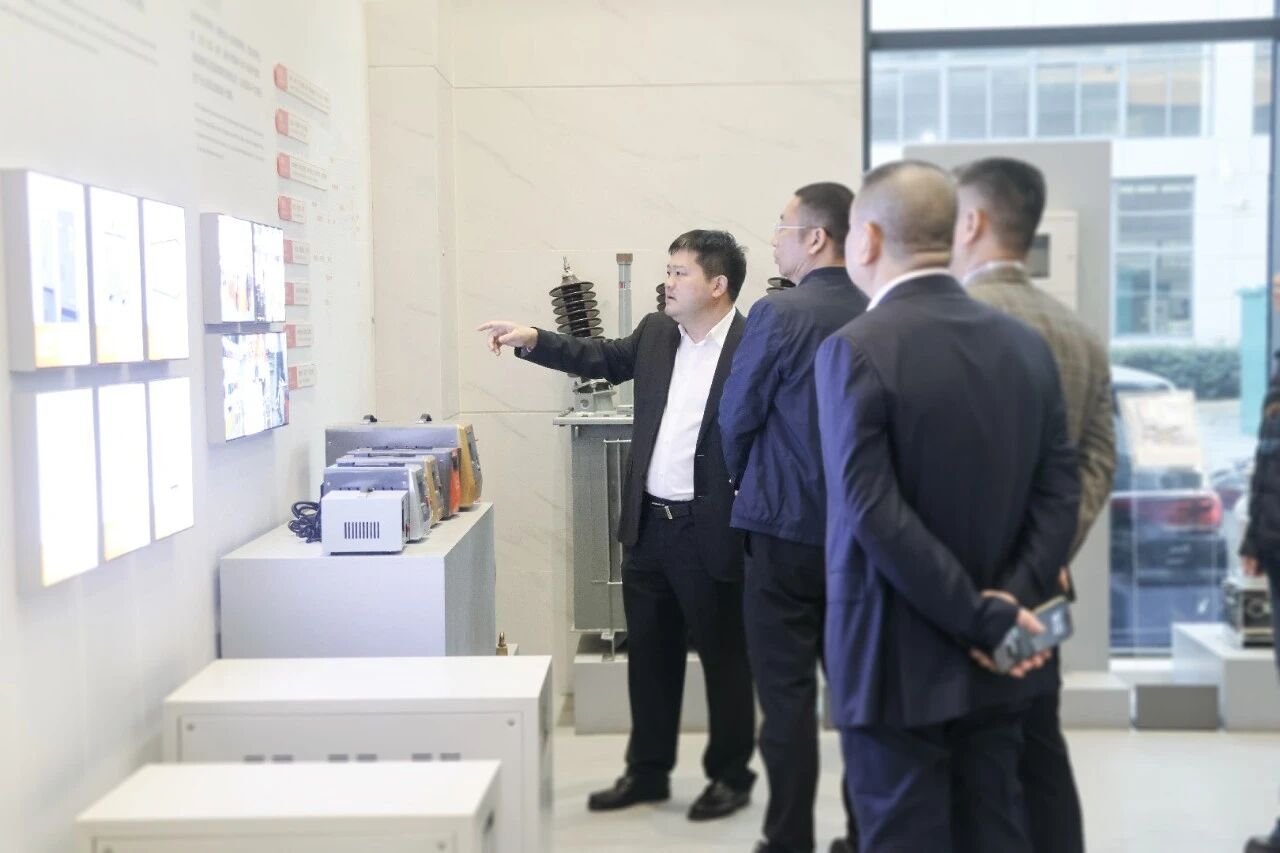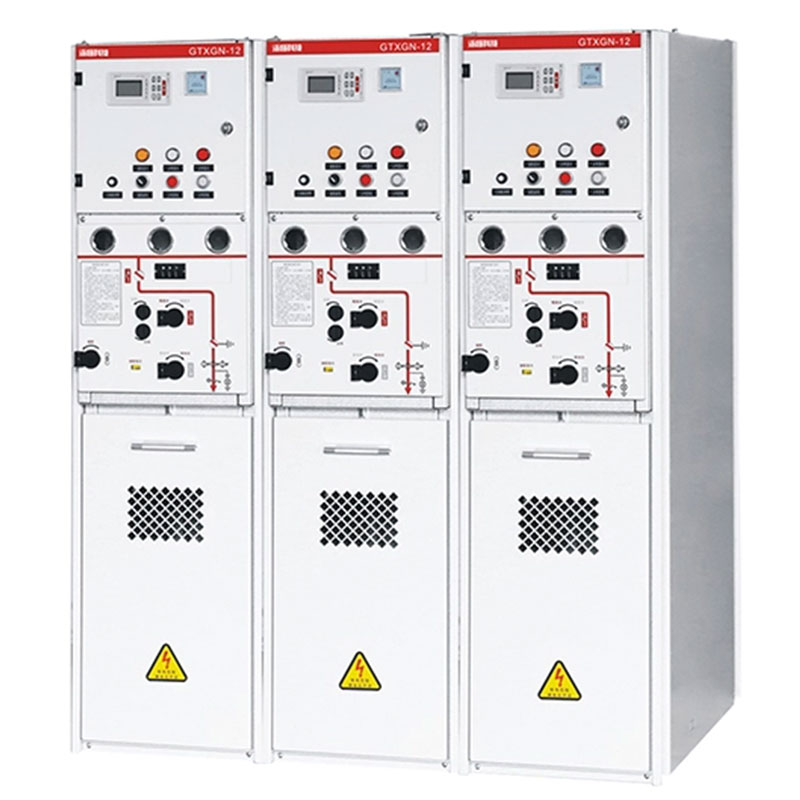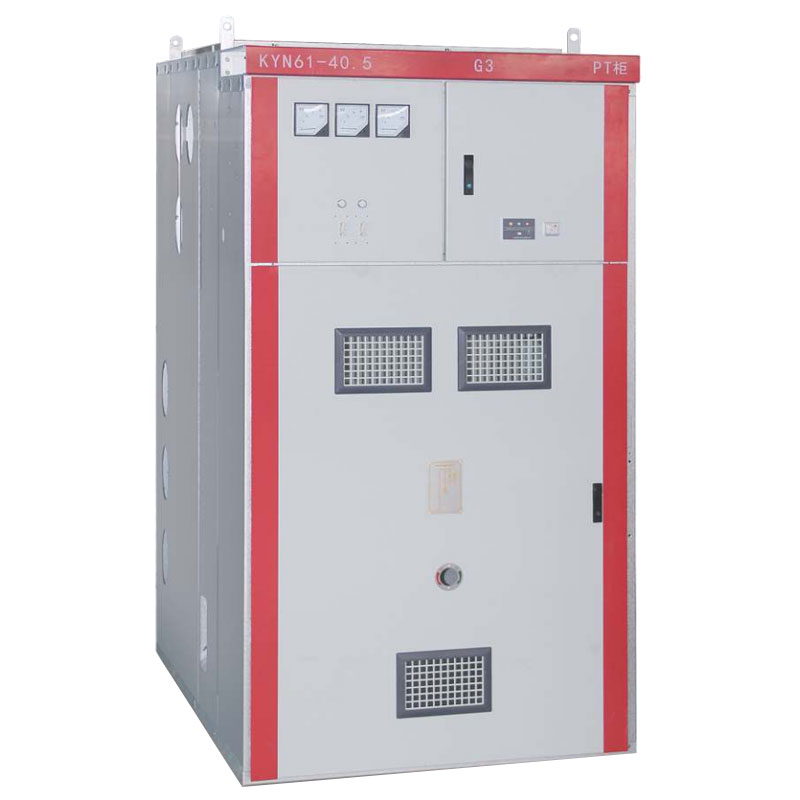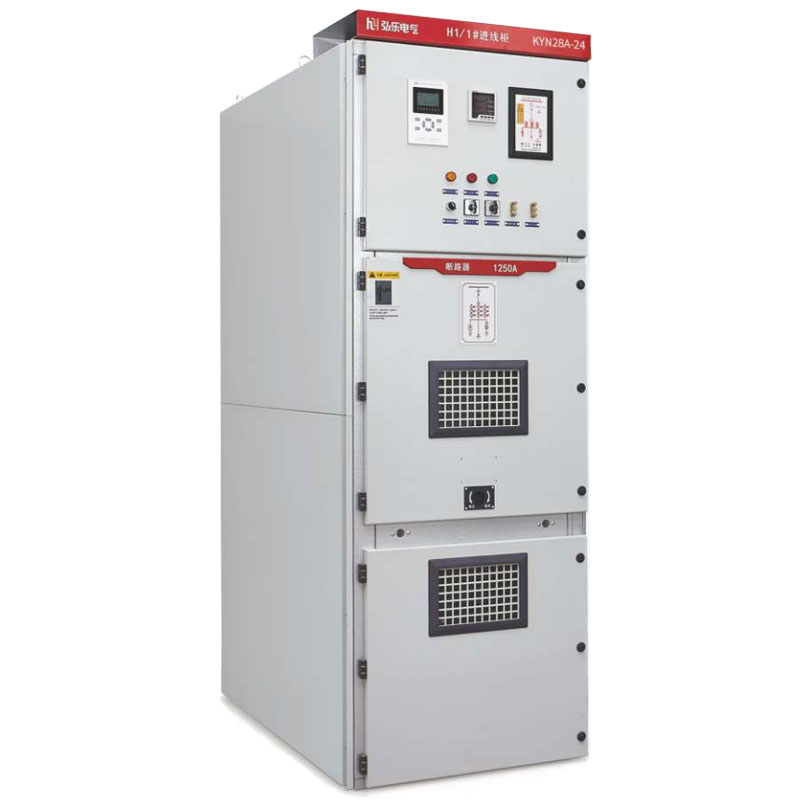Difference between servo-motor type AVR and relay-type AVR

 Site Editor
Site Editor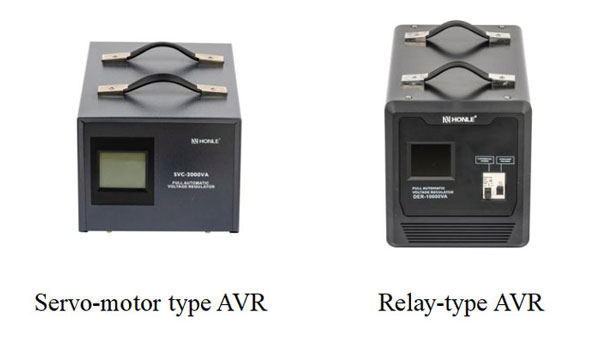
Table of Contents
Servo-motor type AVR
- How does servo-motor type AVR work?
- Servo-motor type AVR are recommended for sensitive equipment
- What are the advantages of servo-motor type AVR over relay-type AVR?
- What are the disadvantages of servo-motor type AVR over relay-type AVR?
- How long will servo-motor type AVR last?
Relay type AVR
- How does relay type AVR work?
- Relay-type AVR are recommended for general equipment
- What are the advantages of relay-type AVR over servo-motor type AVR?
- What are the disadvantages of relay-type AVR over servo-motor type AVR?
- How long will relay-type AVR last?
- Interested in purchasing HONLE AVRs?
- Still Have Questions?
Why are AVR important for the protection of your appliances?
AVR are important because it regulates the output voltage supplied to your appliance. This then protects your appliance from damage caused by high and low voltage fluctuations.
Essentially, an AVR prolongs the usage life and reliability of your appliances, which is something we all value!
As the leading AVR manufacturer and AVR supplier in the China, at HONLE, we believe it’s important for consumers to understand which AVR best suits their needs before purchasing.
AVR come in two types: servo-motor type and relay type.
Today, we’ll discuss the difference between the servo motor type AVR vs relay type AVR.
The biggest difference is, of course, the price. Servo motor type AVR are more expensive compared to their relay counterparts.
But there is a reason why it’s more expensive. Depending on your appliance, it might make more sense for you to pay more to ensure the protection of your appliance in the long run.
Servo-motor VS Relay-type AVR
|
|
SERVO MOTOR TYPE AVR |
RELAY TIME AVR |
|
HOW IT WORKS |
Use servo motor and carton brush to adjust the input voltage to output voltage mechanically. |
Use electronic circuit and set of relay/transistor to keep the output voltage within certain range of value. |
|
VOLTAGE REGULATION PRECISION |
Very precise voltage regulation as it adjusts mechanically to ensure your output voltage is always at 220V(or at desired voltage) |
Less precise voltage regulation as it can only step-up or step-down the voltage by set value(+20/10) |
|
PESPONSE TIME |
Less than 1 second of +/-1% voltage deviation |
Within 1 second of +/-8% voltage deviation |
|
PRICE |
More expensive vs Relay Type |
Cheaper vs Servo Motor Type |
|
RECOMMENDED FOR |
Sensitive equipment like medical device,dental and laboratory equipment |
General household and commercial appliances like TV,CCTV and POS systems |
Servo-motor type AVR
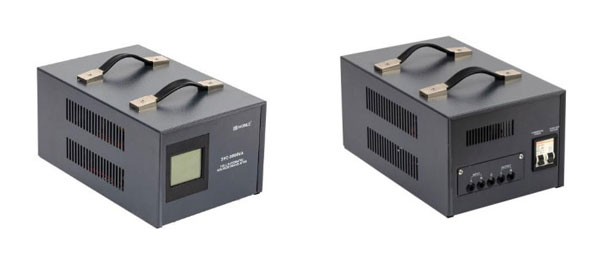
How does servo-motor type AVR work?
Servo-motor type AVR makes use of a servo motor and a carbon brush to adjust the input voltage to output voltage mechanically.
Servo-motor type AVR are recommended for sensitive equipment
Sensitive electronic equipment refers to devices that are easily damaged by sudden voltage irregularities. These include devices such as medical equipment, dental and laboratory equipment.
Rule of thumb: the more expensive the appliance – the more sensitive the electronic components within. In these case, you may want to invest in a servo-motor type AVR to be safe.
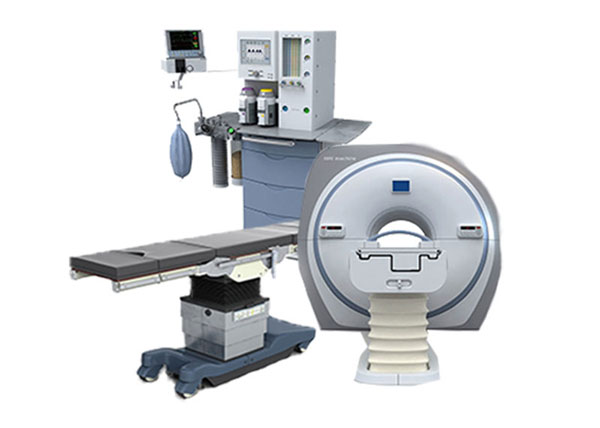
What are the advantages of servo-motor type AVR over relay-type AVR?
- The servo-motor type AVR provides more precise voltage regulation compared to relay-types. With servo-motor type AVR, you are assured of an output voltage that is always at 220V
- The servo-motor type AVR has a faster response time. Expect the servo-motor type AVR to respond within milliseconds of +/- 1% voltage deviation
What are the disadvantages of a servo-motor type AVR over a relay-type AVR?
- Servo-motor type AVR are more expensive as the servo motor itself costs significantly more versus the electronic components of a relay-type AVR
How long will a servo-motor type AVR last?
If your area experiences frequent voltage fluctuations, you may have to do the following after a few years:
- Get the carbon replaced, as it can get worn out from all the voltage adjustment movement
- Submit your servo-motor for maintenance and calibration to readjust the voltage setting
But don’t worry. HONLE provides LIFETIME SERVICE WARRANTY on all HONLE products, so you can easily have your carbon replaced and servo-motor AVR recalibrated when that happens.
Relay type AVR
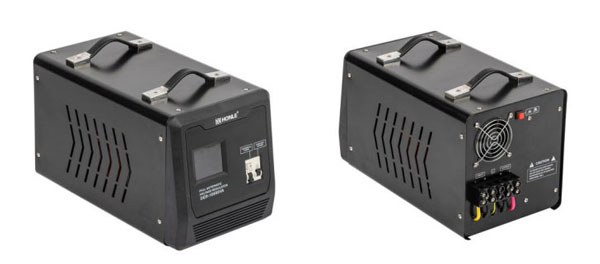
How does a relay type AVR work?
- Relay-type AVR makes use of an electronic circuit and set of relays/transistors to keep the output voltage within a certain range of value
- Essentially, the electronic circuit compares the input voltage to the desired output voltage. When there is a marked deviation, the circuit switches on the desired relay to connect to the desired output voltage tap
- Every time you hear a click from your relay-type AVR, that’s the sound of the relay switching from one voltage range to another
Relay-type AVR are recommended for general equipment
General household and commercial appliances refer to devices such as TV and stereo systems, CCTV, computer, printer, and POS systems. These are less sensitive to voltage fluctuations, but are still important to protect from damage as they can be pricey to replace.
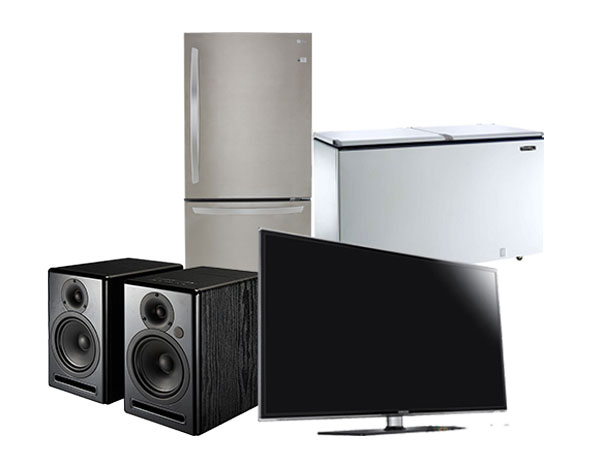
What are the advantages of relay-type AVR over servo-motor type AVR?
- Relay-type AVR is made up of electronic components (circuit, relay/transistor). Compared to a servo motor AVR, it is cheaper, lighter and more compact.
What are the disadvantages of relay-type AVR over servo-motor type AVR?
- Relay types AVR adjusts the output voltage in discrete “steps.” Essentially, when a certain input voltage is registered, the relay will indicate whether the AVR should step-up or step-down the voltage by a set value (vs the servo-motor type mechanical finetuning). This makes it less precise in voltage regulation vs the servo-motor type.
- The relay-type AVR has a slightly slower response time: relay-type AVR will respond within 1 second of +/- 8% voltage deviation. NOTE: 1 second can make a huge difference for extremely sensitive electronic components, so a servo-motor type would be better for very sensitive appliances.
How long will relay-type AVR last?
Similar to servo-motor type AVR, you may have to get the relay replaced, as it can get worn out from all the voltage adjustment movement (especially if you are in an area with frequent voltage fluctuations)
But don’t worry. HONLE provides LIFETIME SERVICE WARRANTY on all HONLE products, so you can easily have your relay replaced when that happens.
Interested in purchasing HONLE AVR?
Here at HONLE, as a leading AVR manufacturer and AVR supplier in the China with 20 years of experience, we recognize that each customer may require different types of AVR depending on their requirement. As such, we currently have many AVR series for you to choose from:SVC, TSD,UPR and TNS series and so on.
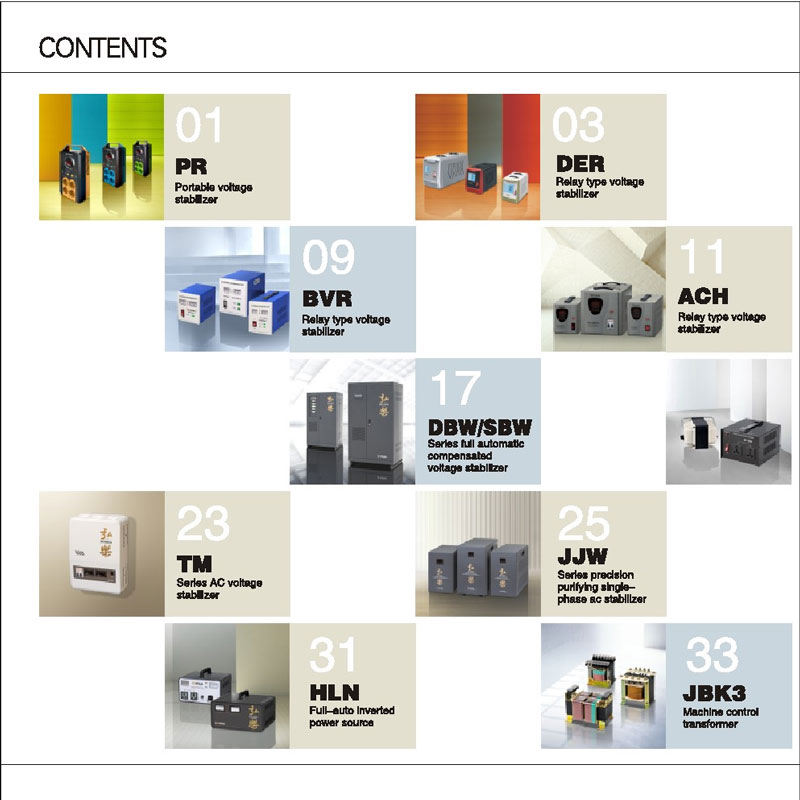
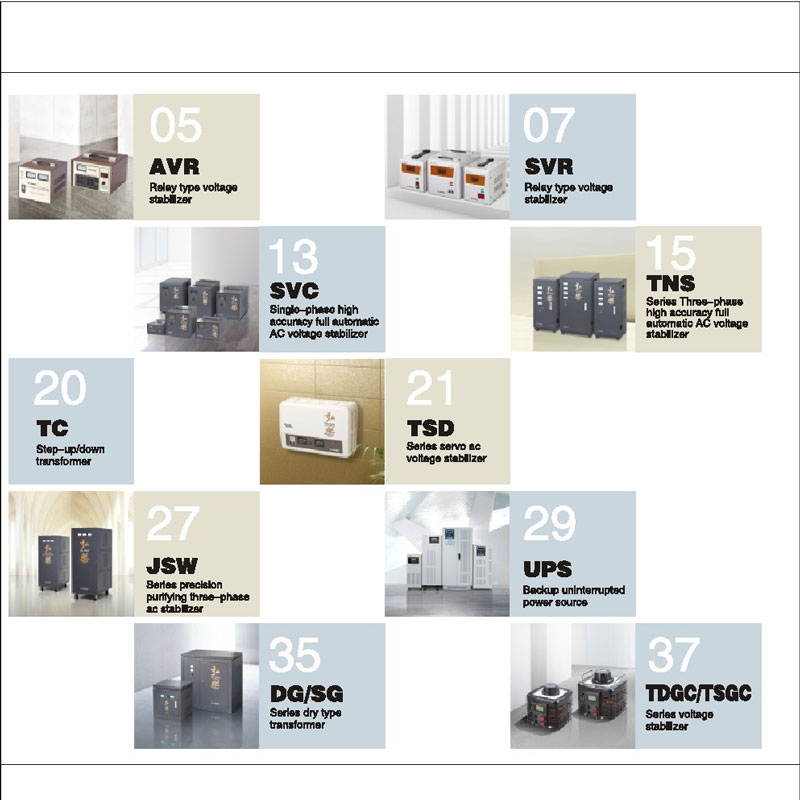
In case you have specific AVR requirements (e.g., AVR type, output voltage, safety features), please contact us directly with the specifications you require and we can manufacture a made-to-order AVR for you.
Still Have Questions?
Reading this article should help you figure out the differences between servo-motor type AVR and relay-type AVR, in terms of:
- How does the servo-motor type AVR work compared to relay-type AVR?
- What are the advantages and disadvantages of the servo-motor type AVR when compared to the relay-type AVR?
- How long does a servo-motor type AVR and relay-type AVR last?
Do note that there are also other considerations when purchasing an AVR, aside from determining the appropriate AVR type to use. If you’re interested to know more, check out our AVR catalogue.
If you still have questions, feel free to email us at linfor@honle.com



